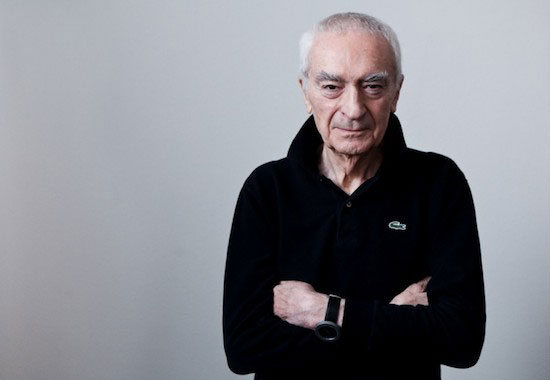Massimo Vignelli’s philosophy in design was inspiring. I love this quote from him in the interview:
‘If we need something and we can’t find it, then we design it.’
It was such a simple idea, yet have and could lead to the creation of great designs. The usage of a standardised way of working allow modern artists (designers) to create works that are not just practical, but also of wide variety depending on the subject they want to tackle.Massimo’s idea of the terms ‘information architecture’ and ‘visual communications’ also allowed us to understand what design really means. There is now a clear shift of art as a form of self-expression to art to solve problems.
Massimo’s philosophy on quality as an attitude and a way of living is also commendable. It is also interesting to compare this idea with artworks from the past, which have never really talked about quality before, as if it is something that is established as one’s style. Having this sense of quality perhaps builds a person’s reliability in business and therefore makes design a skill that is not just beneficial to society but also in demand. This shift of the way art-making is done perhaps shaped the idea of corporate identity and branding. With that, I believe Massimo have laid the foundation to modern visual communications.
I felt overwhelmed thinking about how design have came to this point, and how weird it is that design have only existed recently. Before Constructivism, artworks are not always made for social reasons, which is a huge contrast to what we have currently where we always consider external factors in art-making in order to find it meaningful. It is funny how the world changes, and with globalisation and digital technologies, I am sure there will be more ahead of us to discover.


